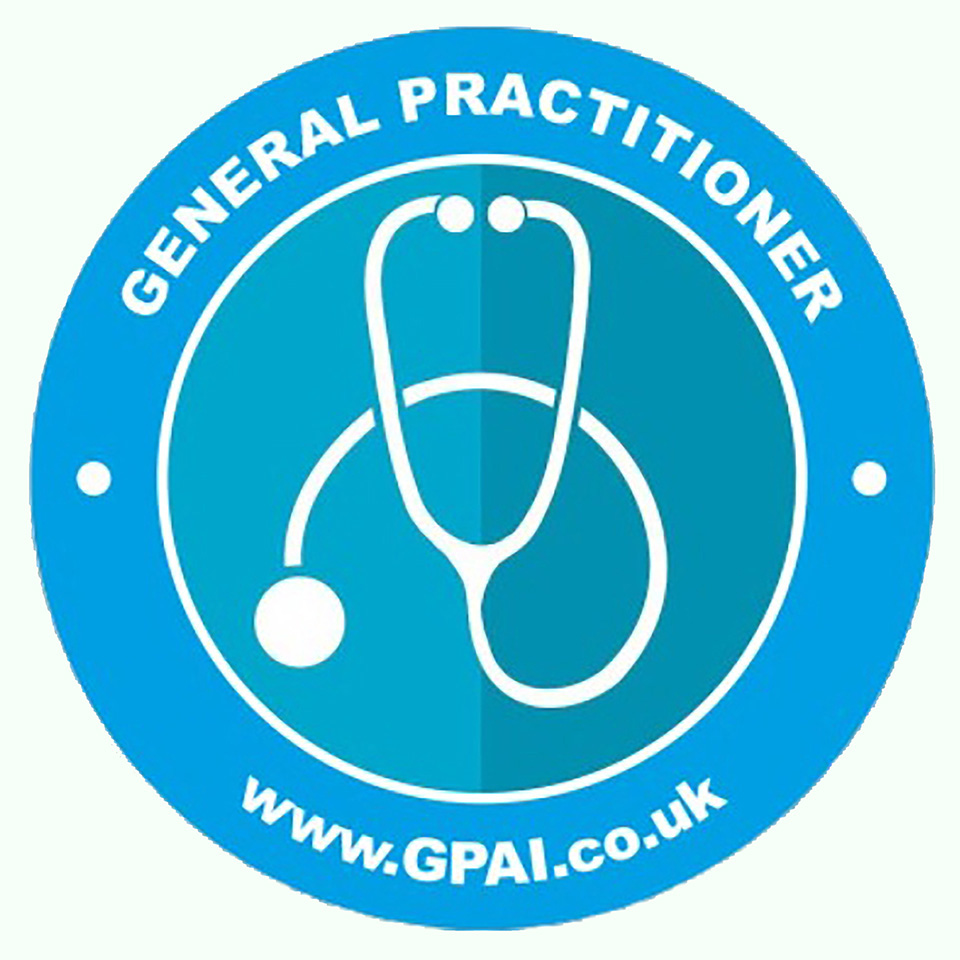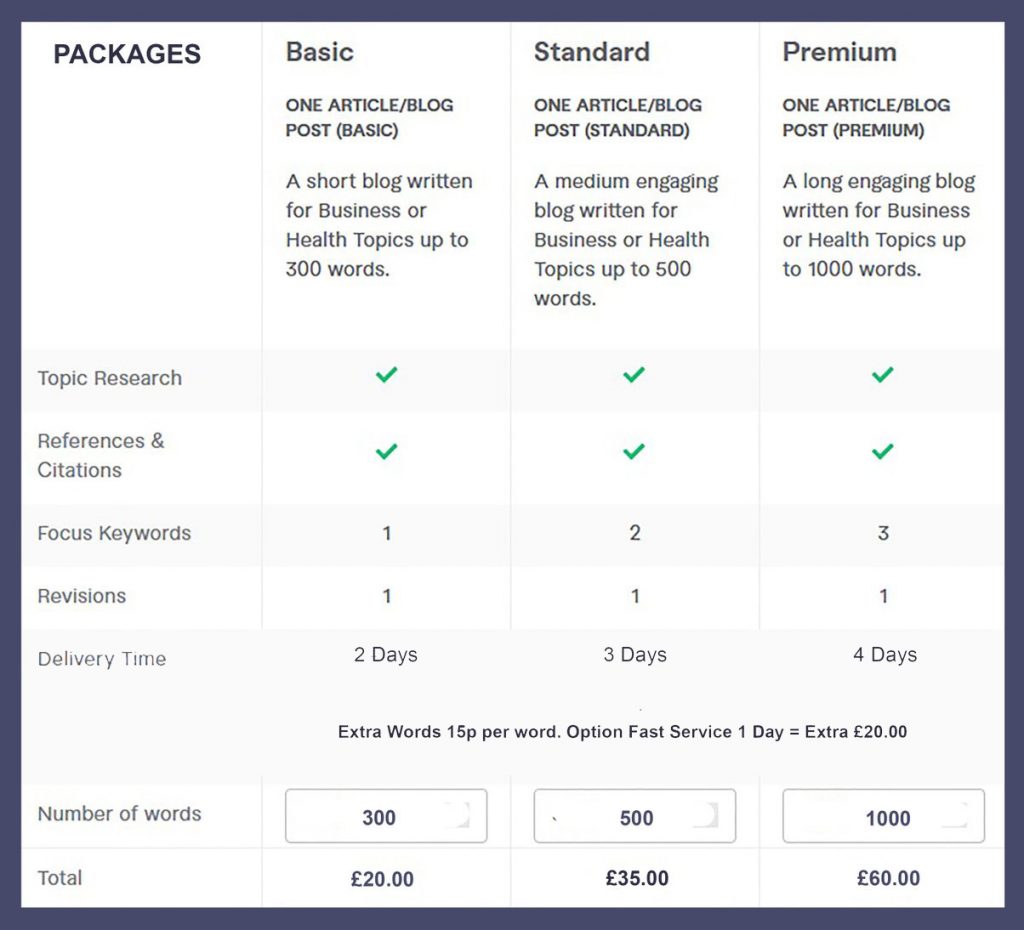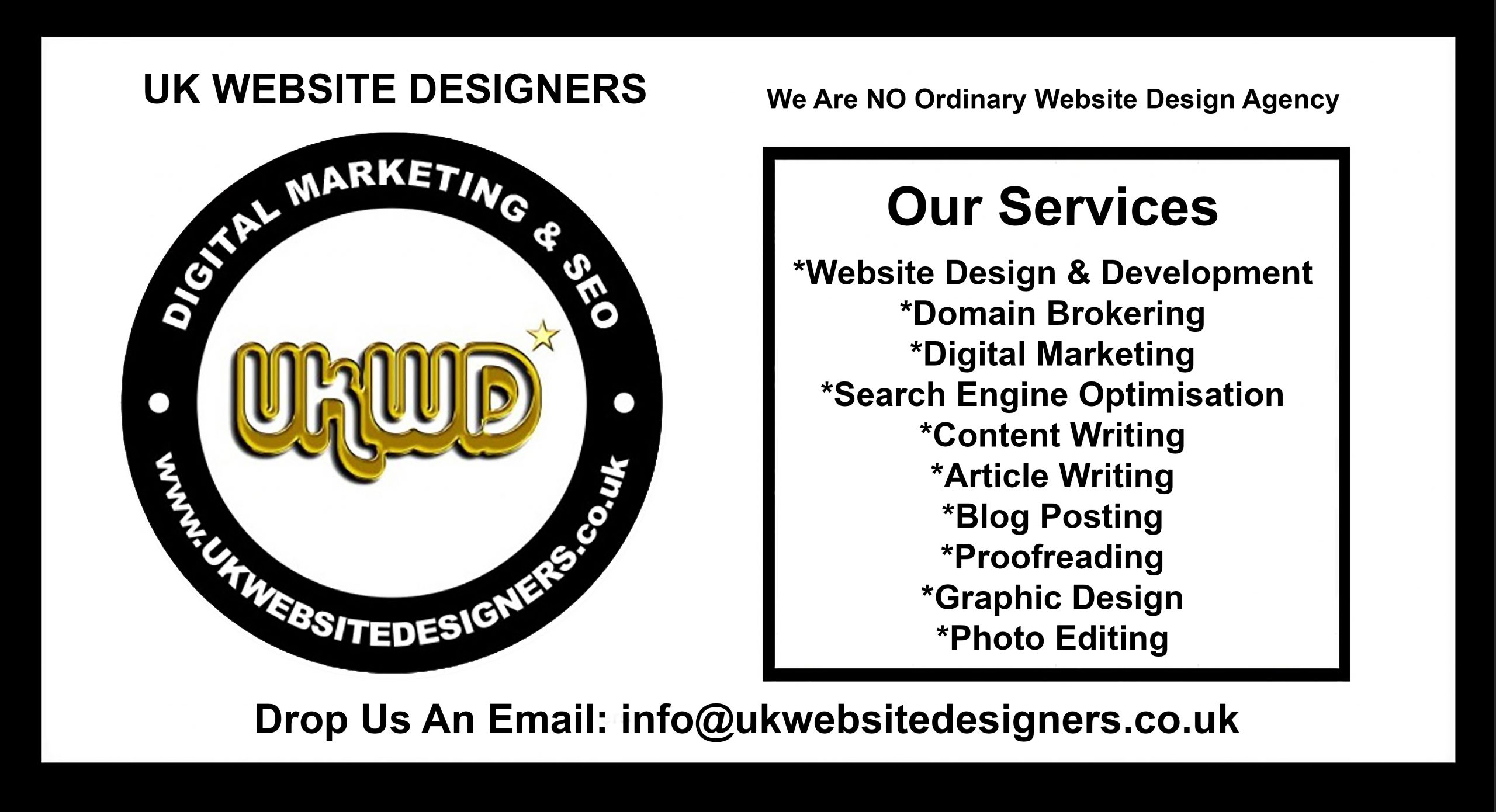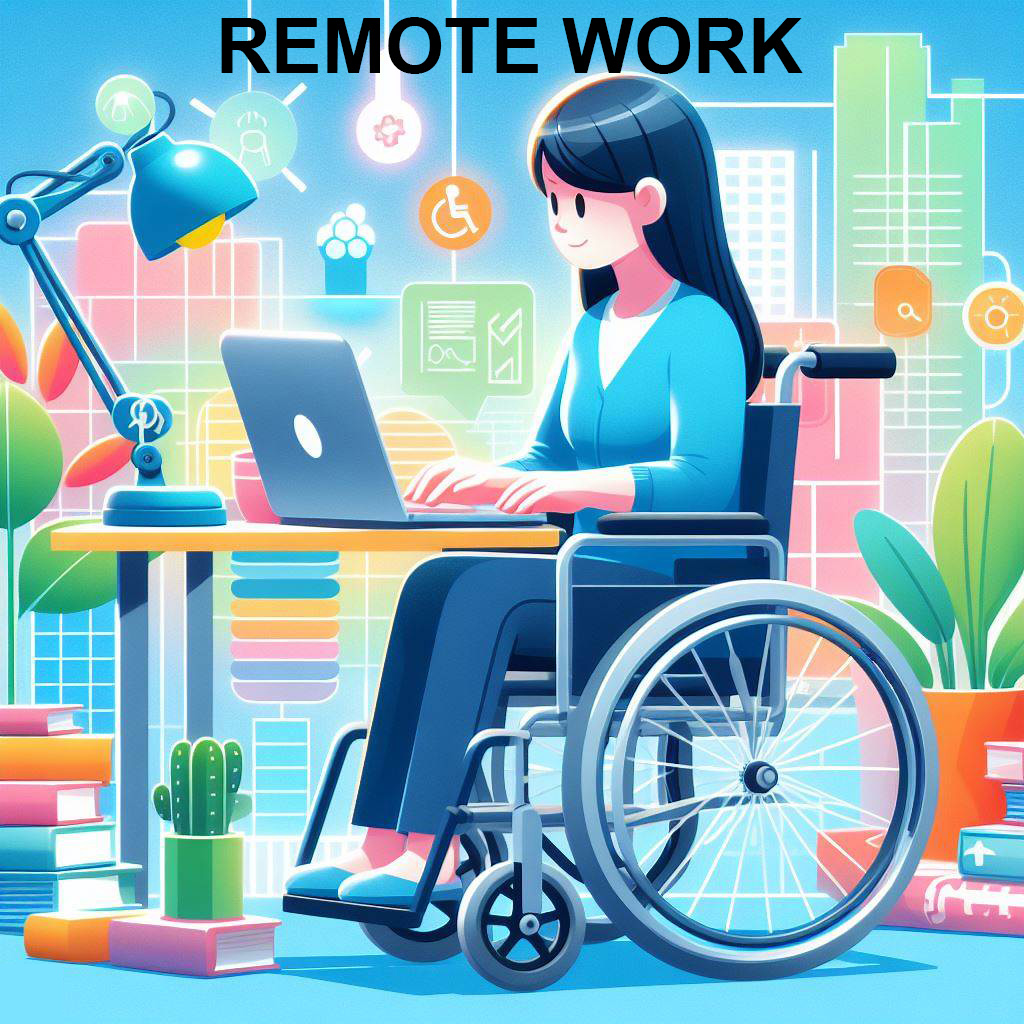
How To Start an E-commerce Business as a Disabled Entrepreneur: A Comprehensive Guide
Starting an e-commerce business can be a rewarding venture, offering flexibility, independence, and the opportunity to reach a global market. For disabled entrepreneurs, the digital marketplace presents unique advantages, allowing for a business model that can accommodate various needs and capabilities.
Working from home offers the flexibility to run an e-commerce business without the need for a physical storefront or warehouse. Two efficient methods to manage product fulfillment are dropshipping and Amazon FBA (Fulfillment by Amazon). With dropshipping, you can sell products without ever handling the inventory; when a customer places an order, your supplier ships the product directly to them. This model minimizes overhead and storage costs, making it ideal for home-based entrepreneurs. Alternatively, Amazon FBA allows you to leverage Amazon’s extensive logistics network. You send your products to Amazon’s fulfillment centers, and they handle storage, packaging, and shipping on your behalf. Both options streamline operations, allowing you to focus on marketing, customer service, and scaling your business.
This guide outlines essential steps and considerations to help disabled entrepreneurs launch and grow a successful e-commerce business.
1. Identifying Your Niche
Research and Selection:
- Passion and Expertise: Choose a niche that aligns with your interests and expertise. This will make the business more enjoyable and sustainable.
- Market Research: Analyze market trends, demand, and competition. Tools like Google Trends, market research reports, and competitor analysis can provide valuable insights.
- Unique Selling Proposition (USP): Determine what makes your product or service unique. This could be in terms of quality, pricing, customer service, or specialized features.
2. Crafting a Business Plan
Components of a Business Plan:
- Executive Summary: A brief overview of your business idea and goals.
- Market Analysis: Detailed research on your target market and competitors.
- Organization and Management: Structure of your business and management team.
- Products or Services: Description of what you’re selling.
- Marketing and Sales Strategy: How you plan to attract and retain customers.
- Financial Plan: Budget, funding requirements, and financial projections.
Accessibility Considerations:
- Ensure your business plan includes strategies for making your online store accessible to all customers, including those with disabilities. This could involve website accessibility features, customer service options, and inclusive marketing strategies.
3. Setting Up Your Online Store
Choosing the Right Platform:
- E-commerce Platforms: Options like Shopify, WooCommerce, BigCommerce, and Wix offer user-friendly interfaces and customizable templates. Consider platforms that offer strong accessibility features.
- Accessibility Tools: Use tools like the WAVE Web Accessibility Evaluation Tool or Lighthouse to ensure your site is accessible to users with disabilities.
Website Design and Development:
- Accessible Design: Follow Web Content Accessibility Guidelines (WCAG) to make your website usable for people with various disabilities. This includes proper use of alt text, keyboard navigation, color contrast, and screen reader compatibility.
- Mobile Optimization: Ensure your site is mobile-friendly, as a significant number of users shop on mobile devices.
4. Product Sourcing and Inventory Management
Finding Suppliers:
- Wholesale and Dropshipping: Research and connect with reliable suppliers. Platforms like Alibaba, Oberlo, and SaleHoo can be helpful.
- Quality Assurance: Test product samples to ensure they meet your quality standards before committing to a supplier.
Inventory Management:
- Software Solutions: Use inventory management software like TradeGecko, Zoho Inventory, or Ordoro to streamline your operations.
- Stock Levels: Maintain optimal stock levels to meet demand without overstocking.
5. Marketing and Building Your Brand
Brand Identity:
- Logo and Branding: Create a memorable logo and consistent branding elements that reflect your business values.
- Storytelling: Share your story and mission. Authenticity can resonate with customers and build loyalty.
Digital Marketing Strategies:
- Social Media: Utilize platforms like Instagram, Facebook, and Twitter to promote your products and engage with your audience.
- Content Marketing: Create valuable content such as blog posts, videos, and infographics to attract and retain customers.
- SEO: Optimize your website for search engines to increase organic traffic.
- Email Marketing: Build an email list and use it for marketing campaigns, product launches, and promotions.
6. Customer Service and Support
Accessible Customer Support:
- Multiple Channels: Offer customer support through various channels such as email, live chat, phone, and social media.
- Inclusive Policies: Ensure your customer service practices accommodate all customers, including those with disabilities.
Feedback and Improvement:
- Customer Feedback: Regularly seek feedback from your customers to identify areas for improvement.
- Continuous Improvement: Use feedback to make necessary adjustments to your products, services, and website.
7. Leveraging Resources and Community
Networking:
- Entrepreneurial Communities: Join communities and networks for disabled entrepreneurs such as Disability, the National Disability Institute, and online forums.
- Mentorship: Seek mentors who can provide guidance, support, and advice based on their experiences.
Grants and Funding:
- Grants and Loans: Research and apply for grants and loans specifically available for disabled entrepreneurs. Programs like the Small Business Administration (SBA) and various non-profit organizations offer financial assistance.
Training and Development:
- Online Courses: Take advantage of online courses and webinars on e-commerce, digital marketing, and business management.
- Workshops and Seminars: Participate in workshops and seminars that focus on entrepreneurship and e-commerce.
Where to Sell Your Products Online and Physically: A Comprehensive List
Online Marketplaces
- Amazon
- eBay
- Etsy
- Shopify
- Walmart Marketplace
- Alibaba
- BigCommerce
- WooCommerce
- Facebook Marketplace
- Instagram Shopping
Physical Locations
- Local Markets and Craft Fairs
- Pop-Up Shops
- Retail Consignment Shops
- Farmers’ Markets
- Mall Kiosks
- Boutiques
- Flea Markets
- Community Centers
- Trade Shows and Expos
- Co-op Stores
By utilizing a mix of these online and physical platforms, you can maximize your reach and diversify your sales channels to grow your business effectively.
Conclusion
Starting an e-commerce business as a disabled entrepreneur is a journey that requires careful planning, dedication, and resilience. By leveraging accessible technology, inclusive practices, and supportive resources, you can create a thriving business that not only meets your financial goals but also promotes inclusivity and diversity in the marketplace. Remember, your unique perspective and experiences can be powerful assets in building a successful and impactful e-commerce business.






























